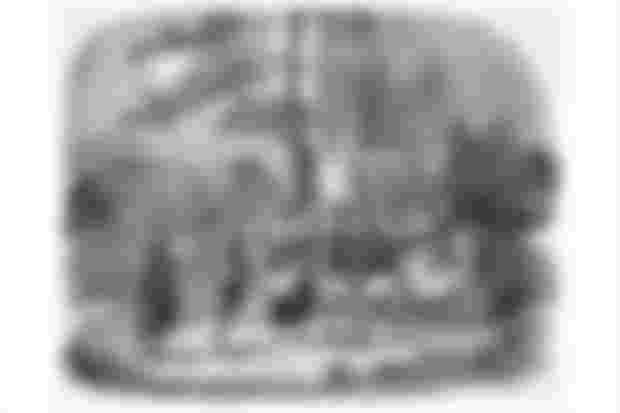The lives of Sicilians are often exciting and fast, as is the rhythm of the popular folk dance from the south of Italy - Tarantella. It has been popular in its existence since ancient times.

At that time, this characteristic melody was an indispensable part of the festivities at which the cult of the god Dionysus was celebrated. Today, it is a symbol of ecstasy and euphoria that is characteristic of southern weddings and big sea festivities.
The term "Tarantula" is believed to be derived from the term "tarantula", and one species of these venomous spiders was widespread in the Mediterranean, near the ancient Greek colony of Taranto. When found in the human body, tarantula venom attacks the endocrine system, bringing it into a state of "arantism". The victim of the tarantula falls into a state of hysteria after the bite, and the hyperactivity caused in this way quickly draws all the energy of the human organism.
It is reliably known that dance was popular in the lower and middle strata of the population of Sicily in the 16th and 17th centuries, ie among people who were mostly engaged in agriculture and were thus frequent victims of the mentioned animal.

The story says that the dance originated as a medical-exorcist treatment which would suppress the mentioned state of intoxication with fast-paced music. When the news spread through the village that one of the inhabitants had bad luck with a tarantula, on the same day a felika feast was organized in these coastal places. The girls would appear in their most beautiful dresses, and the young boys would be in charge of wine, some food and of course music.

Then a spider victim would appear accompanied by older peasants. The unfortunate patients played for hours incessantly in the rhythm of the tarantula and with the great support of their friends, relatives and neighbors.

Thus, in a natural way, through sweat and with a little help from alcohol, they would expel the poison of the tarantula and avoid the lethargic state of "tarantism" which leads to the extinction of vital life functions.
Tradition alive today
Today, the tradition is preserved throughout southern Italy in the form of a separate cult of "Neo-Tarantism". Young musicians often organize the mentioned festivities, which are now designed only as entertainment. Dance, music and costumes vary from region to region, but Tarantella has certainly retained its hypnotic influence on whoever plays it or plays with it for hours.

This melody is most often played on mandolins, guitars, and often accordion and daire are used as instruments. The traditional costume for girls consists of a colorful knee-length skirt with a white blouse under the vest. Men wear pants that are the color of their partner's skirt, long socks and white shirts.
There are no absolutely fixed steps, so the man's game itself varies from standing to alternately falling to the floor. When Tarantella is played as an act of courtship, dairas are an indispensable object in the hands of girls.

The boys start the dance by crossing their legs in a semi-sitting position while the girls circle around them in a counter-clockwise direction. As the song draws to a close, they finish the dance together, moving in a clockwise direction. Tarantella favors a woman and her power to resist and ignores the admiration of her partner.
Tarantula on film
There are several indigenous species of this dance, and they differ according to the climate in which they originated. The most popular is "Tarantella Napoletana", which gained world fame after the broadcast of the first part of the film trilogy "The Godfather", in which she played at the wedding of Don Corleon's daughter.
There is also "Tarantella Calabrese", one of the trademarks of Calabria, and in some parts of Italy this melody is called quite differently. Furlana is characteristic of Venice, and Saltarelo is popular in Rome and Naples.
Outside of Italy, Tarantella likes to dance in Argentina, Brazil, but also in Buzabat, a city that is one of the symbols of Persian culture.
Tarantula is still present in medicine today, although modern science has long since gained supremacy over tradition and customs. It is used in the treatment of patients who have problems with depression, and its impact on a person's mental health is still being studied.






An interesting story. Thank you